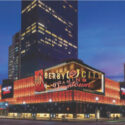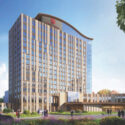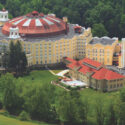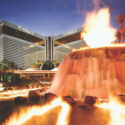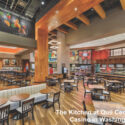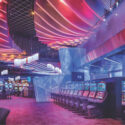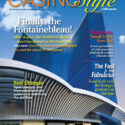Although Las Vegas is often associated with excess and waste instead of conservation, the gaming and resort industry has pitched in to become part of the green effort.
In April, the Palazzo Las Vegas was named the biggest green building in the world, earning the Silver LEED Certification for energy conservation and a proclamation from Nevada Governor Jim Gibbons.
“From the beginning, we were determined to create Las Vegas’ first truly eco-friendly property,” said Sheldon G. Adelson, chairman and chief executive officer of the Sands Corporation. “We are extremely proud to have achieved it and to be recognized for it.”
Among the Palazzo’s energy-saving features: air conditioning that resets when guests leave the room; lighting occupancy sensors in service areas; an average 95 percent of recycled content in the building’s steel structure; and a 26 percent recycled rate for concrete.
“There is an increasing necessity to employ green construction principles,” Adelson declared. “We’re proud to be a leader in the evolution of environmentally-focused building practices, not only on the Las Vegas Strip but at our properties throughout the world.”
Additional green strategies that are now commonplace:
“Given the energy demands of Las Vegas, perhaps more than any other U.S. city, it has the most to gain from a sustainability focus,” says Tom Donnelly of ValleyCrest Landscape Development.
“We have no doubt that Las Vegas will emerge as a world leader in this science. In all of our operations we are finding more clients asking us to be green, build green and take different approaches to sustainability in their business models.




